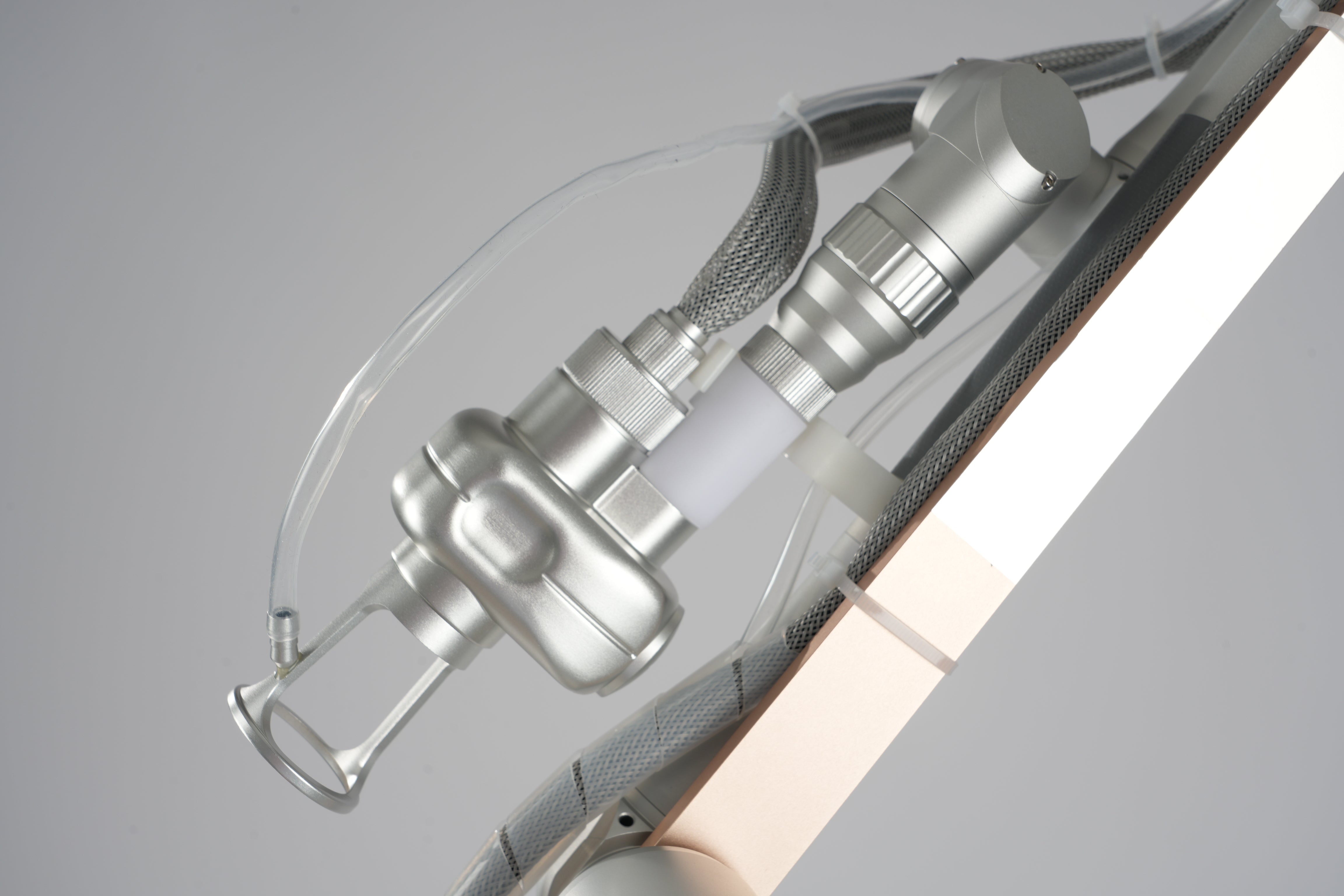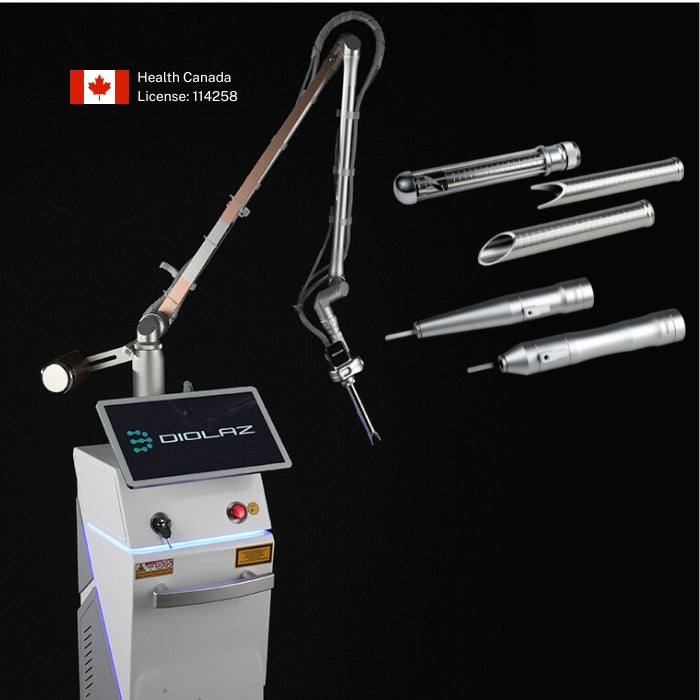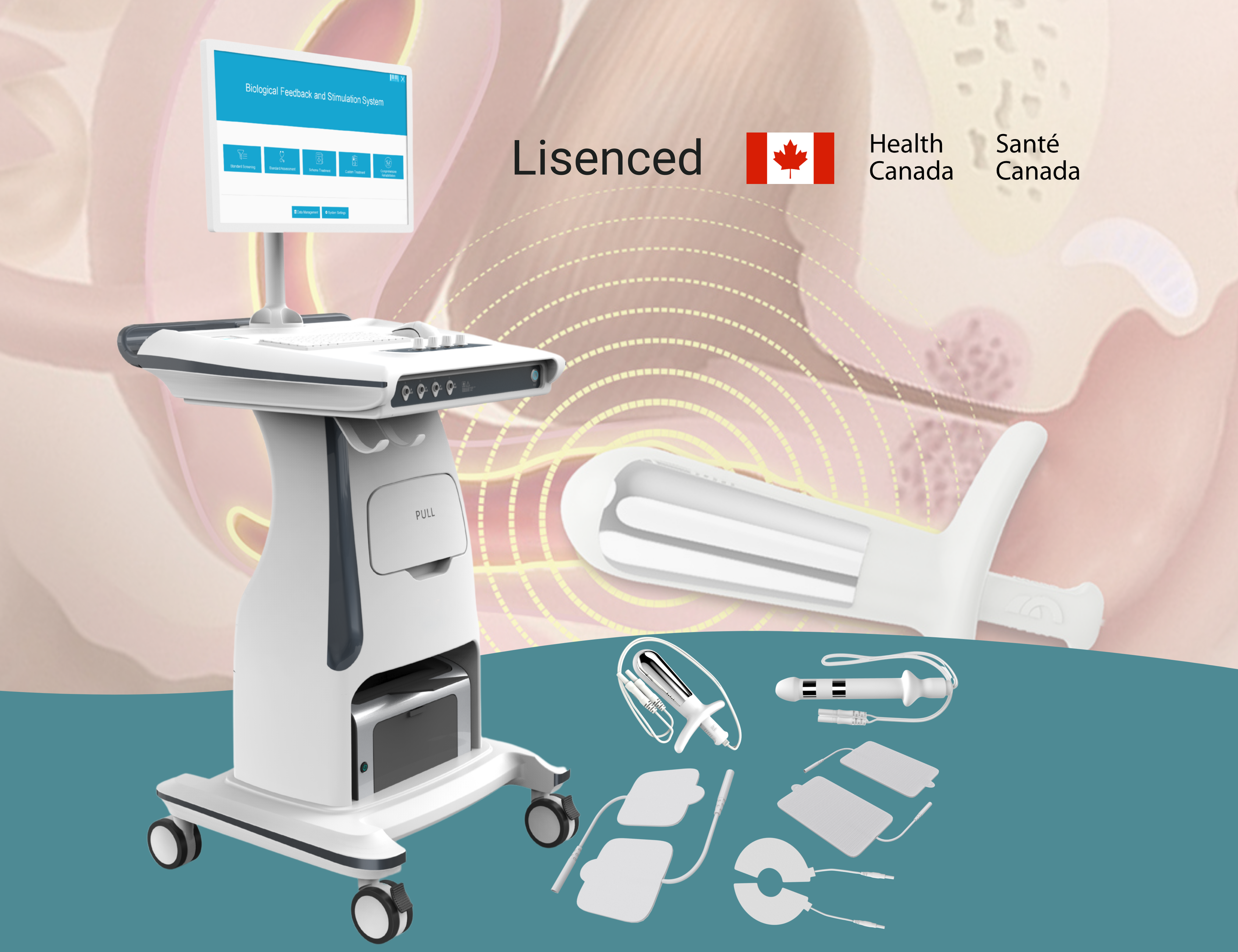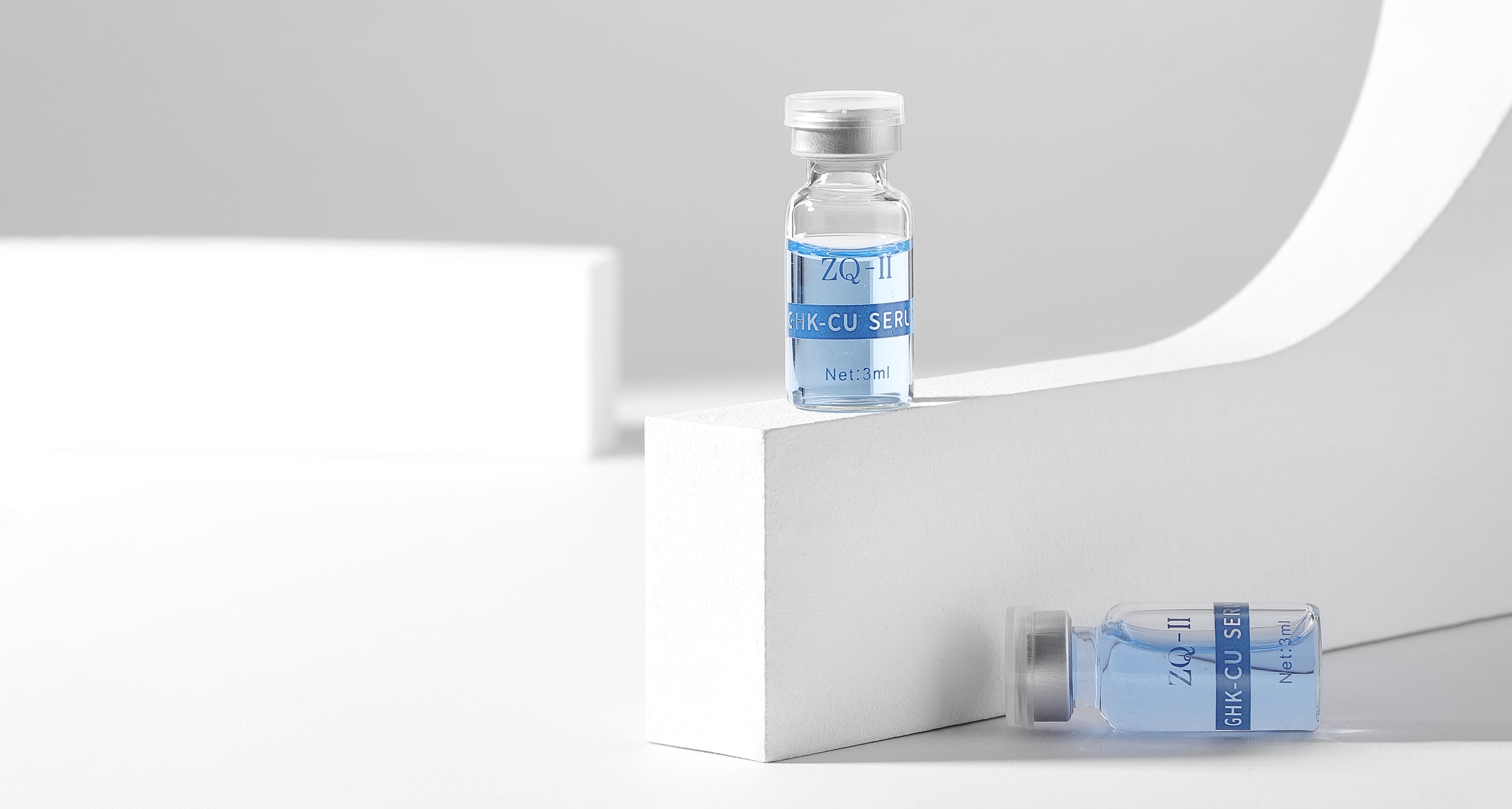Acne scarring is a common yet challenging issue that many patients seek to address. Fractional CO2 Laser resurfacing has emerged as a gold-standard therapy for atrophic acne scars, offering significant improvement in skin texture. However, optimal outcomes require the clinician to understand both the laser’s capabilities and the nuances of treating scarred skin. Here’s what clinicians should know about using Fractional CO2 Lasers for acne scars:
Efficacy and Expected Results
Ablative Fractional CO2 Lasers are highly effective in improving the appearance of indented (atrophic) acne scars. The laser creates micro-ablative columns in the scarred skin, which triggers collagen regeneration and remodeling within the depressions. Over a series of sessions, this leads to a gradual levelling of scars with surrounding skin. Clinical studies have reported scar severity reductions on the order of 50–75% or more after Fractional CO2 treatment. In practice, patients often see noticeable texture improvement even after one session, with further gains after 2–3 sessions spaced a few months apart. Fractional CO2 is so effective that one review named carbon dioxide lasers the “gold standard in the treatment of acne scars,” citing their superior outcomes over other modalities.
It’s important to set realistic expectations: improvement rather than total scar eradication. Shallow rolling or boxcar scars tend to respond best, sometimes nearly disappearing. Ice-pick scars may need additional techniques (e.g. TCA CROSS or punch excision) in combination. Patients should be counseled that multiple treatments are usually required and that collagen remodeling will continue for 3–6 months after each session, gradually improving scar appearance.
Treatment Parameters and Safety Considerations
When treating acne scars, an aggressive approach is often needed to break down scar tissue. Fractional CO2 settings typically involve higher densities and energy levels than a mild resurfacing, but must be balanced with patient skin type and tolerance:
- Energy and Depth: Use sufficient pulse energy and dwell time to reach into the dermis where scar collagen lies. Many protocols involve multiple passes – a deeper pass first, then additional passes at lower energy to feather the edges. This can achieve a more even result across scar and normal skin.
- Overlap and Density: Treat nearly the full area of scarring with high density (small spot spacing) for thorough coverage. However, maintain some untreated bridges of skin to promote healing. Modern scanners make it easier to ensure even coverage without dangerous overlap.
- Skin Type and PIH Risk: Patients with medium to dark skin (Fitzpatrick IV-VI) have higher risk of post-inflammatory hyperpigmentation. Cooling, lower energy per pass, or using a fractional mode with smaller spot sizes can mitigate this. Pre-treating with hydroquinone and gentle test spots are advisable. One study found Fractional CO2 can be used safely in darker skin with proper precautions, reporting a low incidence of PIH when parameters were adjusted appropriately.
- Adjunctive Measures: Combining Fractional CO2 with other treatments can enhance results. Subcision (to release tethered scar bands) done just before laser treatment can yield a synergistic improvement. Similarly, applying platelet-rich plasma (PRP) after the laser can speed healing and possibly boost collagen response, as some studies suggest.
Patient care is crucial. Ensure the patient is not on isotretinoin (Accutane) for at least 6–12 months prior, as that can impair wound healing. Prophylactic antivirals should be given if there’s a history of herpes, and antibiotics if treating a large area, to prevent infections. After treatment, proper wound care (gentle cleansing, emollients) and sun avoidance will support good outcomes.
Managing Expectations and Follow-Up
Clinicians should clearly communicate the treatment plan: likely 2–4 sessions, spaced about 4–8 weeks apart, with each session yielding progressive improvement. Downtime of ~5–7 days (erythema, swelling, peeling) is typical for an aggressive Fractional CO2 session on scars. Let patients know that redness can persist for a few weeks. Photographs and skin texture measurements can be helpful to track progress over visits.
Overall, Fractional CO2 Laser Therapy offers a powerful tool in the acne scar treatment arsenal. With appropriate settings and safeguards, clinicians can achieve dramatic remodeling of scarred skin. The key is to harness the laser’s intensity in a controlled manner – delivering enough energy to transform scars, while protecting the surrounding skin. Mastery of this balance will result in happy patients who see their once-stubborn acne scars smoothed away significantly by this advanced technology.
References:
- Milutinović et al., Serbian J Dermatol, 2016 – States CO2 lasers hold a leading position and are the gold standard for acne scar treatment.
- Bhalla M. & Arora A., CosmoDerma, 2022 – Fractional CO2 laser creates microthermal zones leading to collagen regeneration; has proven efficacy in atrophic acne scars.
- Milutinović et al., 2016 – Clinical studies show 50–80% improvement in atrophic acne scars with fractional CO2 resurfacing, with average ~66% scar depth reduction.
- Mdpi.com (Laser vs. Subcision study), 2021 – Combining fractional CO2 laser with subcision improved atrophic acne scars more than laser alone, highlighting synergistic treatment strategies.





Share:
Understanding Fitzpatrick Skin Types and Laser Energy Settings
Empowering Pelvic Physiotherapists with EMG Biofeedback and Stimulation